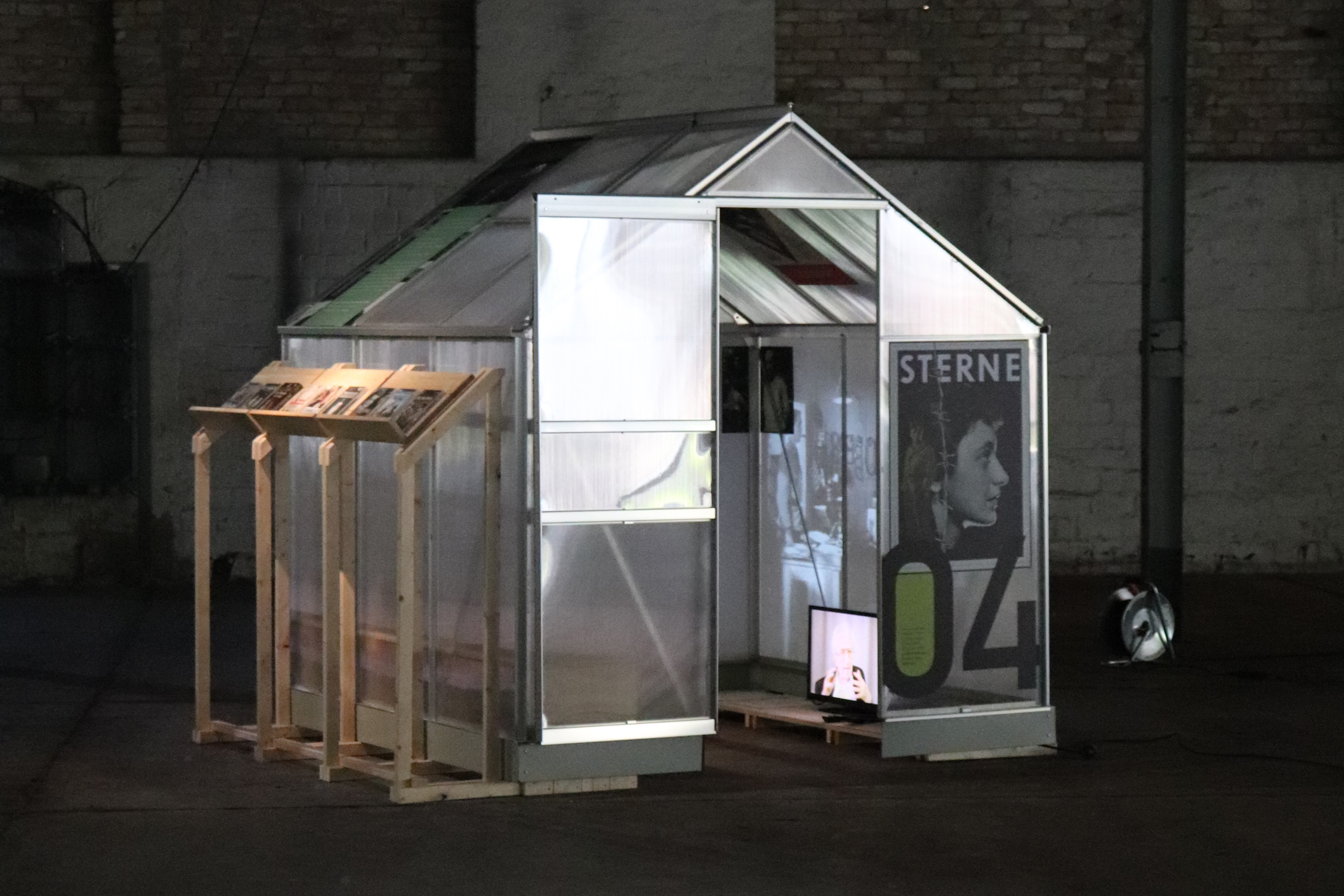Messingwerk

Messingwerk What is believed to be the first Hachsharah in Germany was founded in 1917 in Messingwerk (part of Eberswalde in Brandenburg, north of Berlin), as part of the Hirsch Kupfer- und Messingwerke (the Hirsch family’s huge Copper and Brass Works). At the same time, the Jewish community in Palestine was threatened by the approaching fighting of World War I, and the British government (just as the German, Russian and Ottoman leaders did) pledged support to the Zionist movement in »establishing a national home for the Jewish people in Palestine« (Balfour Declaration). Hopes for the imminent realisation of this goal grew, especially when Great Britain soon after received the League of Nations‘ mandate to administer Palestine. However, for immigration to Palestine it was required to obtain one of the limited immigration certificates, for which in turn proof of craftsmanship, training in housekeeping, or agricultural skills was required. The Hachsharot taught these skills to the men and women, who often came from academic families. They called themselves Chalutzim, pioneers, or Chaverim, friends.
Some residents of the early Hachsharot fled the regular pogroms in Eastern European countries, where they had first encountered Zionist ideas. Others came from Germany but had lost faith in their parents' concept of life, emancipation and assimilation. They all shared a critical attitude towards capitalism, a critique of the exploitation of nature, and a longing for a free life in the community of like-minded people. For them, Eretz Israel became the embodiment of their dream of "work without exploiters and exploited" and of a new, self-confident Jewish life.
The first Jews who set out from Messingwerk in 1922/23 following their training, to what was then Palestine had originally come from Ukraine. Approximately 100 years after the founding of the first Hachsharot, we look back on a century of Jewish flight, migration, and re-migration. Since 1948, the Jewish State of Israel has offered Jews a secure existence. Life in the Diaspora remains shaped by migration. After 1945, Jewish re-migrants returned to the Soviet Occupation Zone and the GDR, but many of them left the GDR again in the 1950s in the face of increasing antisemitic persecution. Most of the Jews living in Germany today, in turn, come predominantly from the countries of the former Soviet Union, many of them from Ukraine. Their story – like the story of the Hachshara movement or the remigrants in the GDR – shows that migration is not necessarily a passive process, but can, in various ways, be an act of self-assertion.
In Messingwerk, the Institute conducts a long-term historic and artistic research project to examine the connections and echoes of these stories with the theme of Jewish resistance reflected in them. In September 2022, the Institute opened an exhibition and learning space in Factory nr 1 of the former industrial halls of the Hirsch family’s Copper and Brass Works. A few minutes walk from the exhibition, it also operates a garden project inspired by the ideas of the Hachshara.
The project currently no longer receives funding. Therefore, we cannot open the exhibition regularly. If you are interested in a visit, please feel free to contact us.
Supported by: